Interactive hiking guide
Torres del Paine
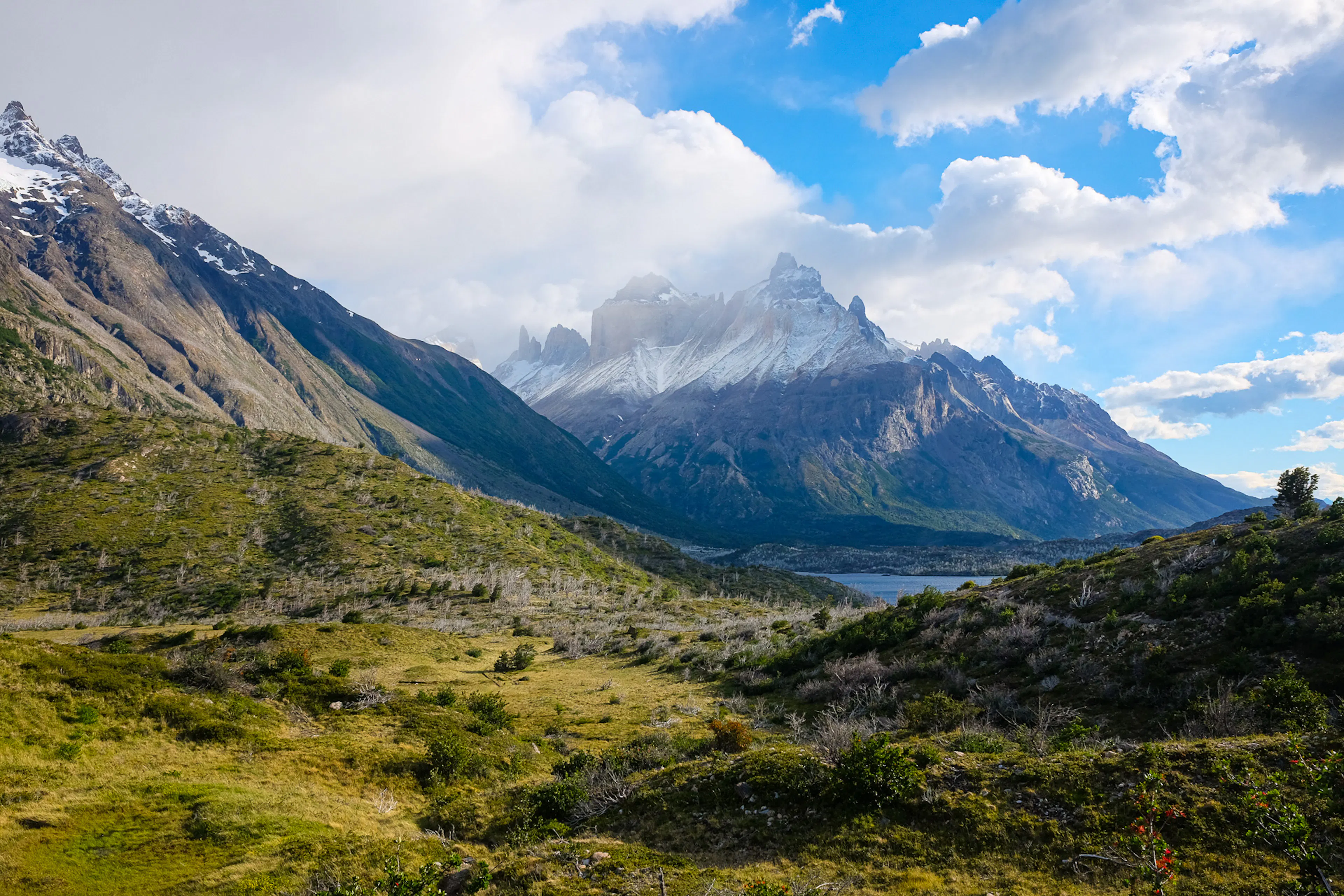
The O-Circuit trail in Torres del Paine National Park is one of Patagonia’s most iconic and rewarding trekking routes. This 123km loop takes you deep into the wild heart of Chilean Patagonia, offering a truly immersive experience in one of the world’s most breathtaking landscapes.
Typically completed in 7 to 9 days, the trail circles the dramatic granite spires of the Paine Massif, including the world-famous Torres del Paine peaks. Along the way, you’ll pass towering mountains, turquoise lakes, dense lenga forests, and the awe-inspiring Glacier Grey—a massive river of ice that flows into Lago Grey.
While it’s a loop trail, hikers are only permitted to hike in a counterclockwise direction, both for conservation purposes and to manage the flow of trekkers through the park.
More remote and less crowded than the popular W-Trek, the O-Circuit is ideal for experienced hikers looking for a deeper adventure into Patagonia’s wilderness. With proper planning and the required reservations, it’s an unforgettable journey through one of the planet’s last great frontiers.
Explore Patagonia on the O-Circuit Trail
- LocationChile
- Medium Hard
- Distance123km
- Stages8 days
- Elevation Gain 5400m
- Elevation Loss 5400m
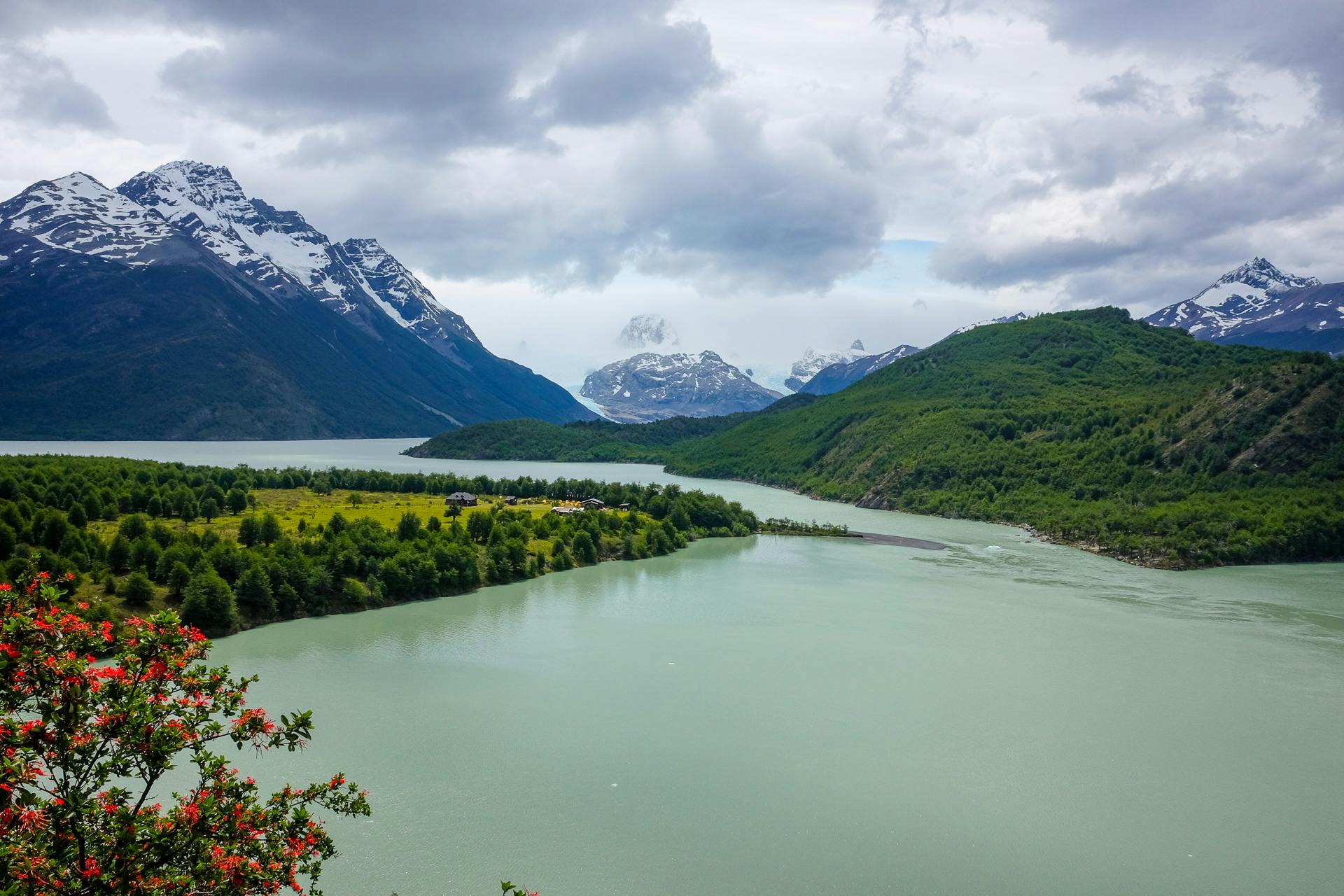
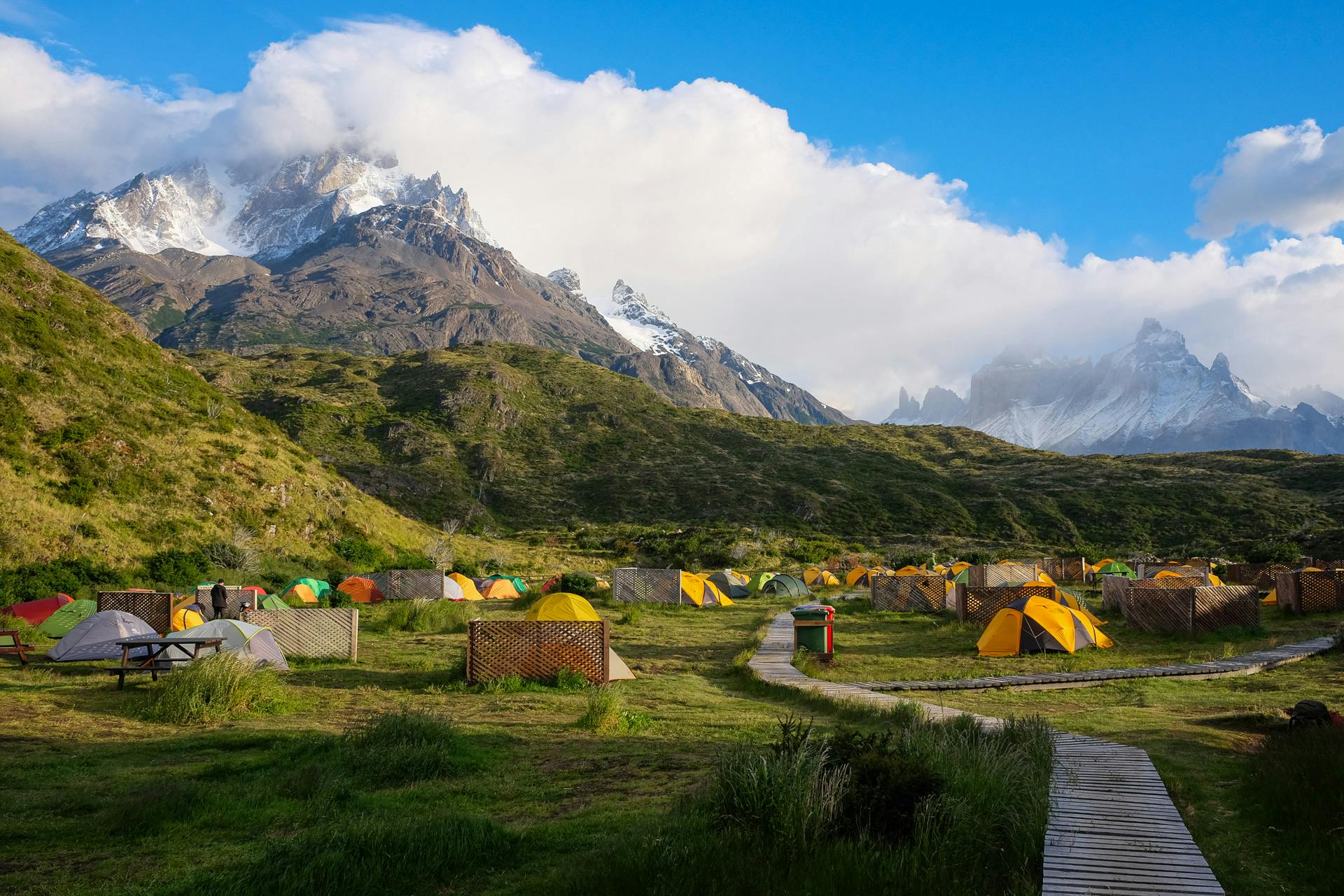
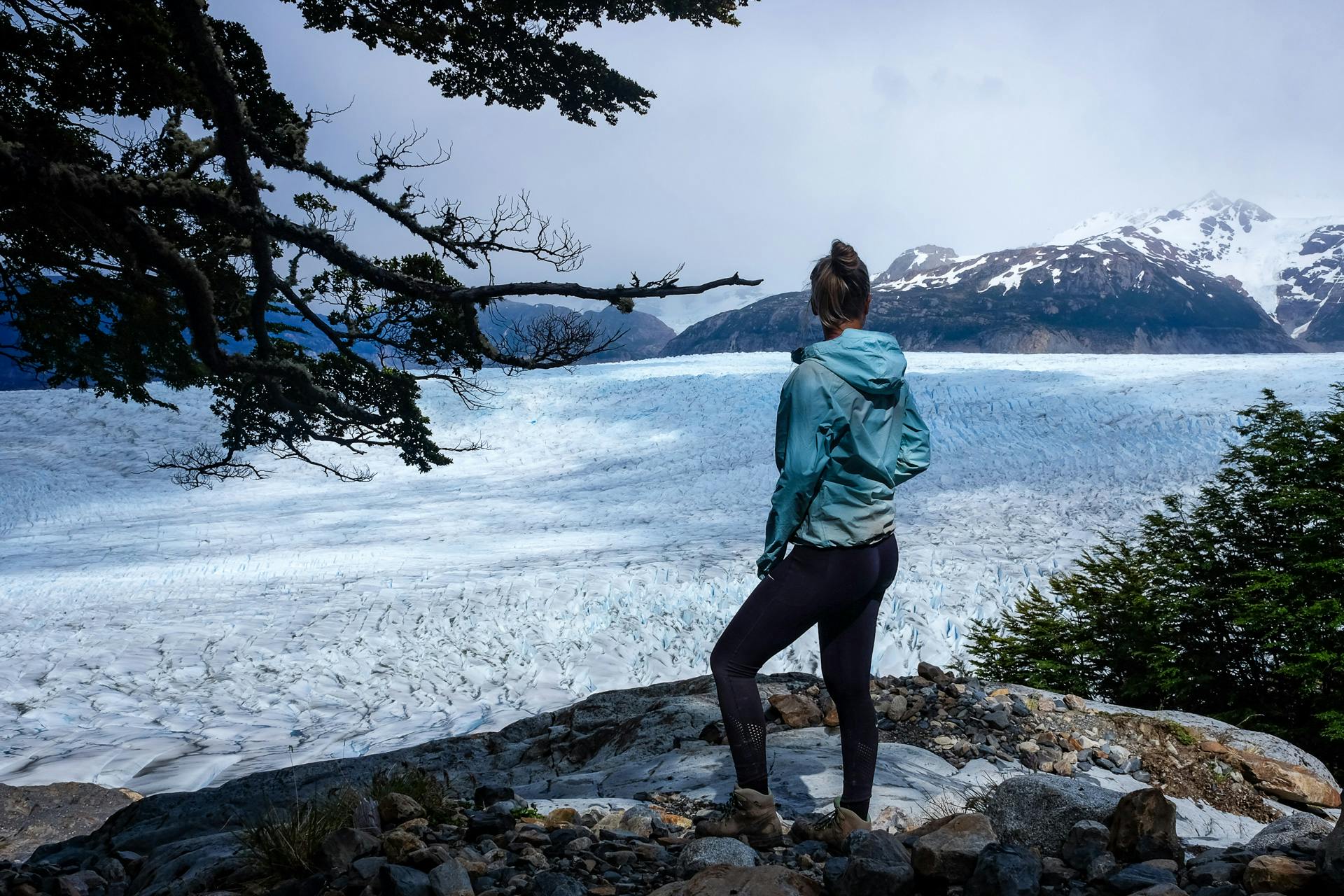
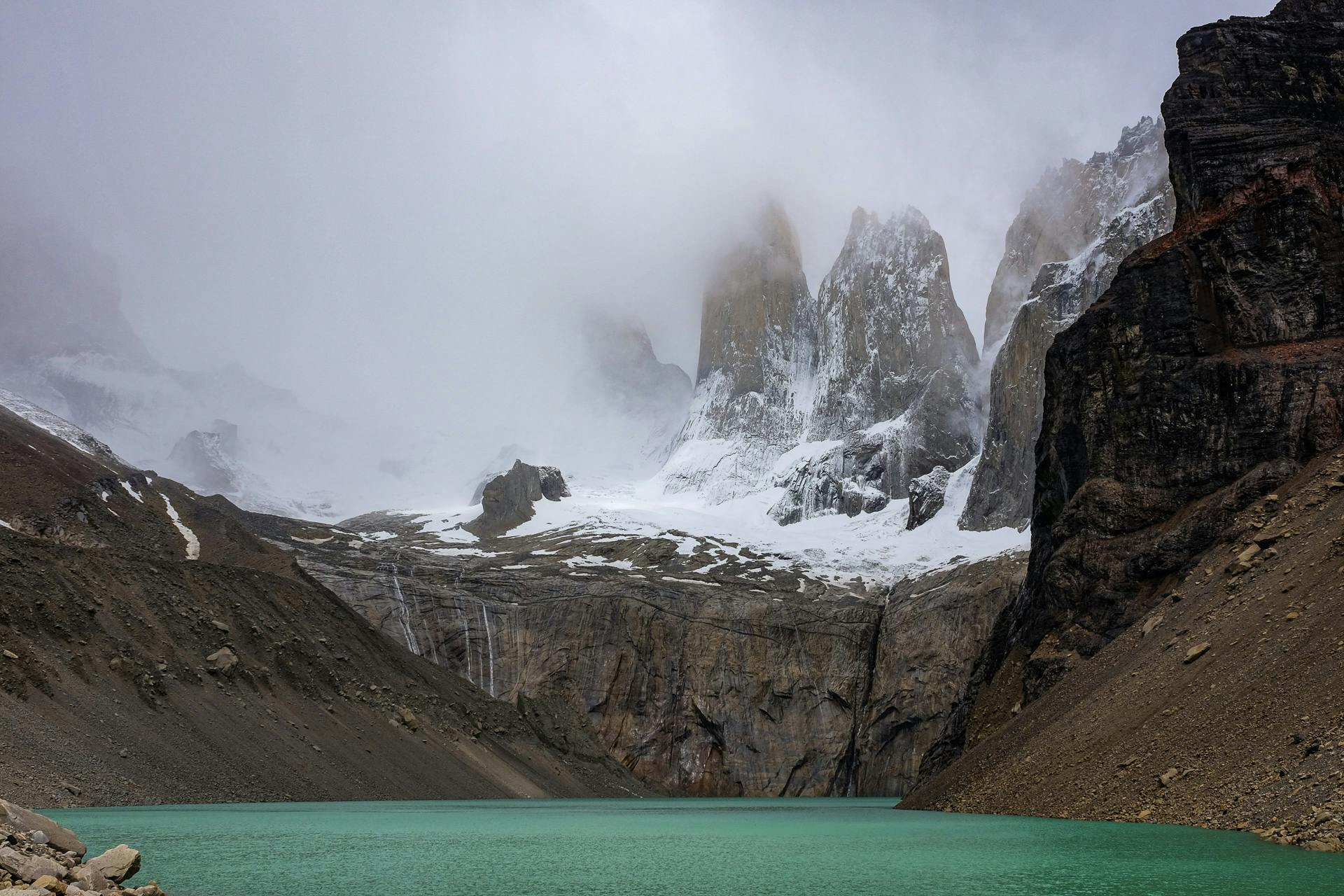
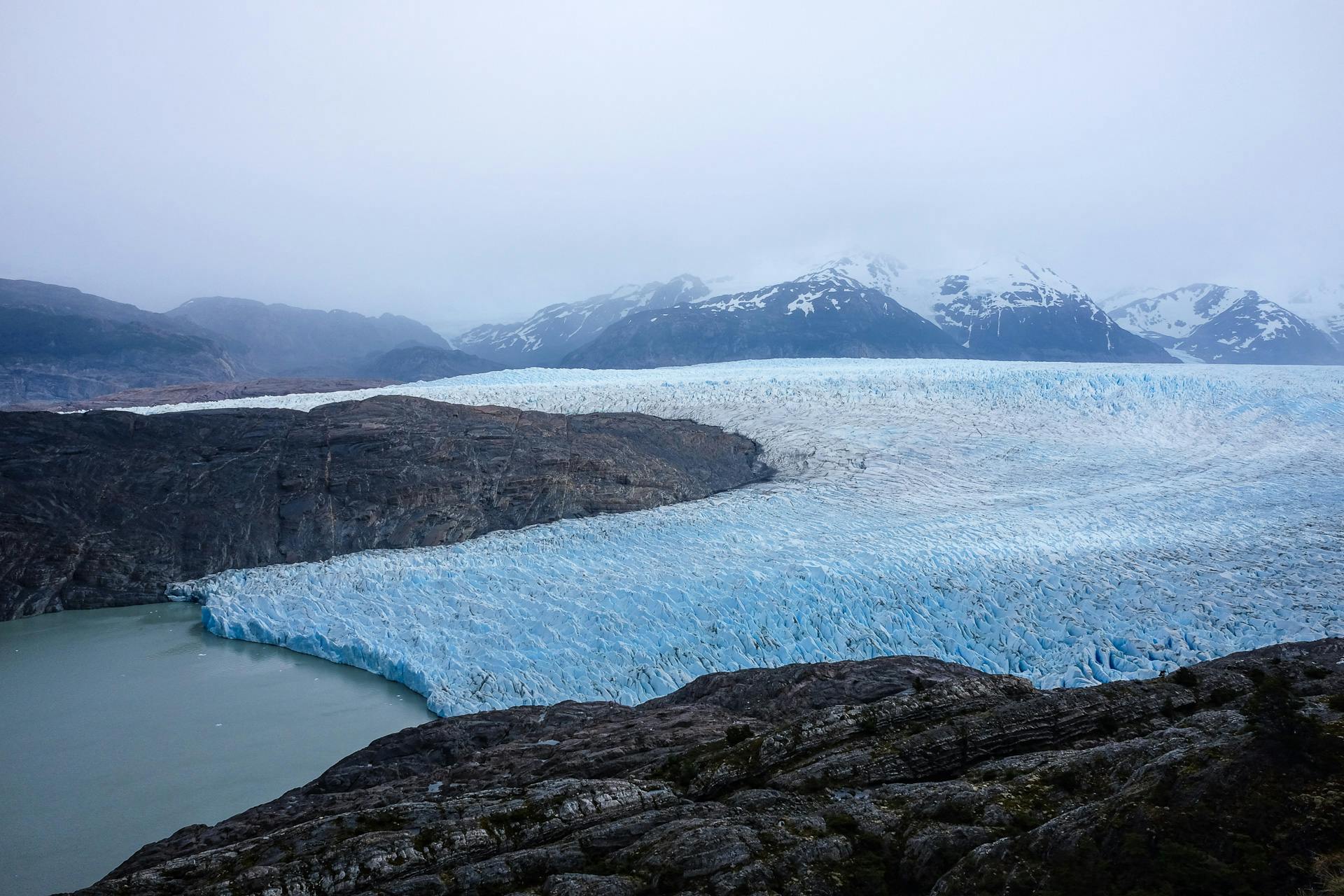
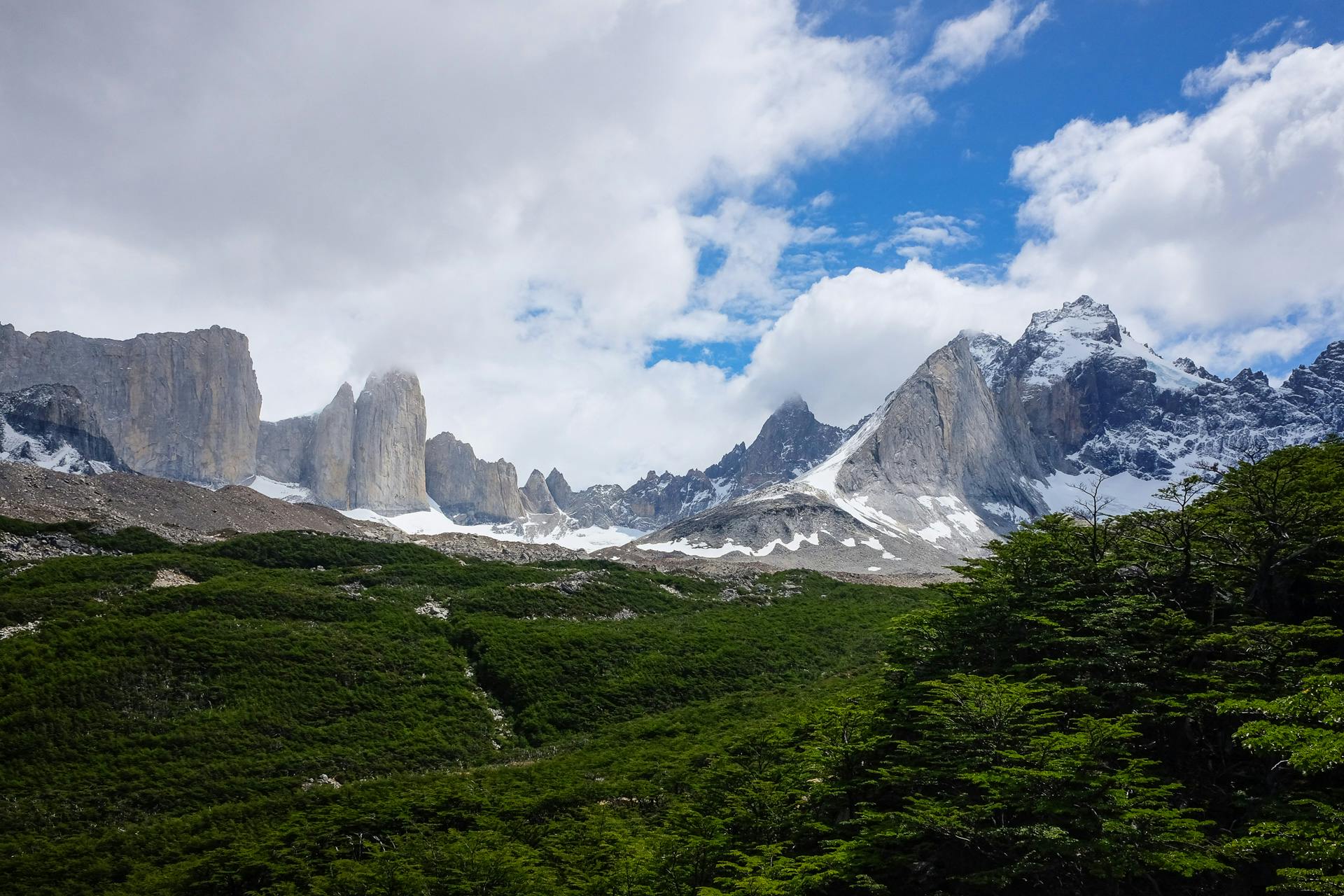
The Elevation Profile
Total Distance
-km
Elevation Gain
m
Elevation Loss
m
Max Elevation
m
Min Elevation
m
- Stage
- Point of interest
The route map
Get early access to our
Hike Planner tool
Plan every stage of your hike with official routes, variants, and real-world trail data, all in one place.
- Curated hike data with official routes, variants, and more
- Design your hike stage by stage
- Download GPX files for your favorite navigation app
- Generate a printable PDF for your hike
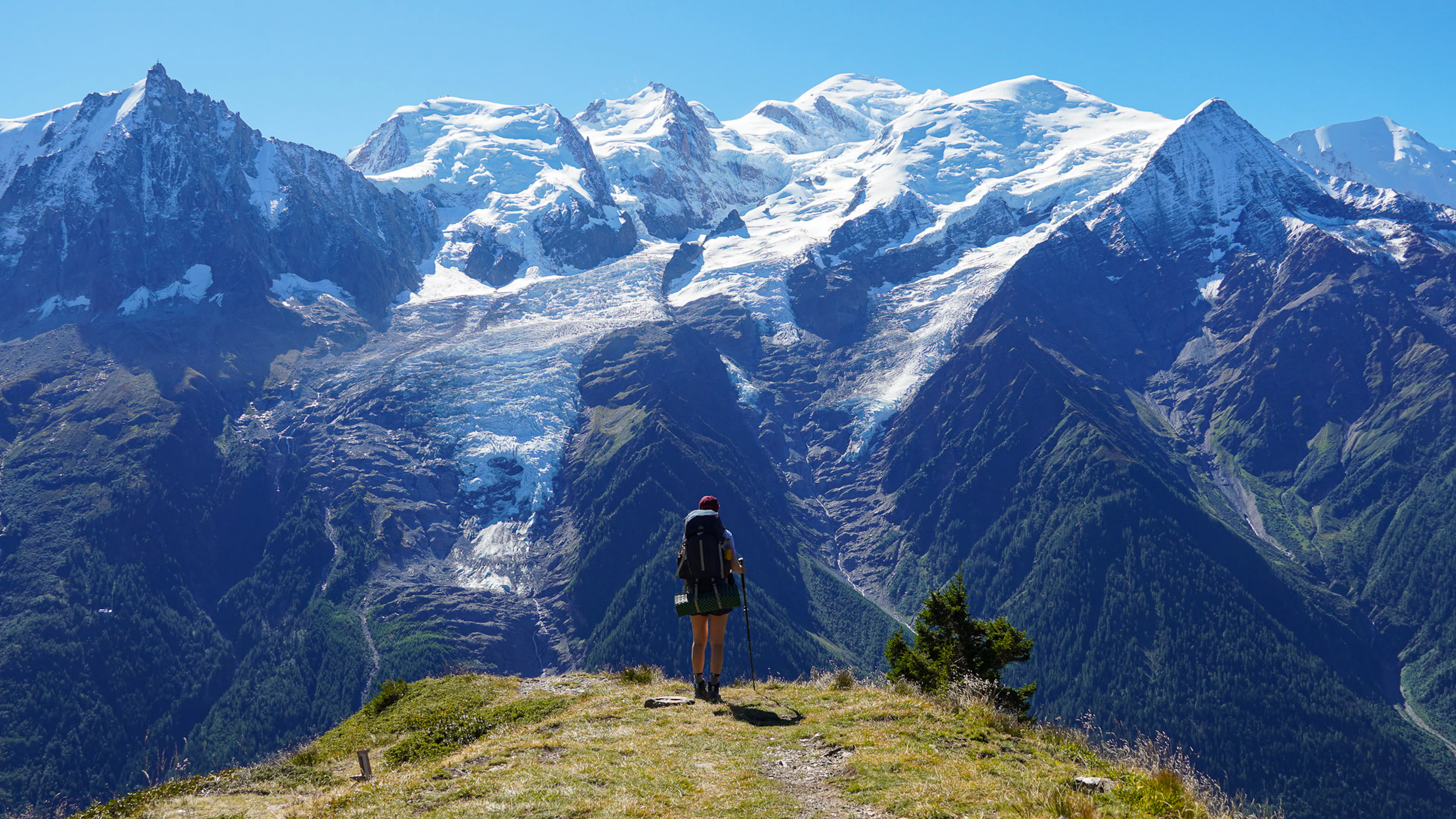
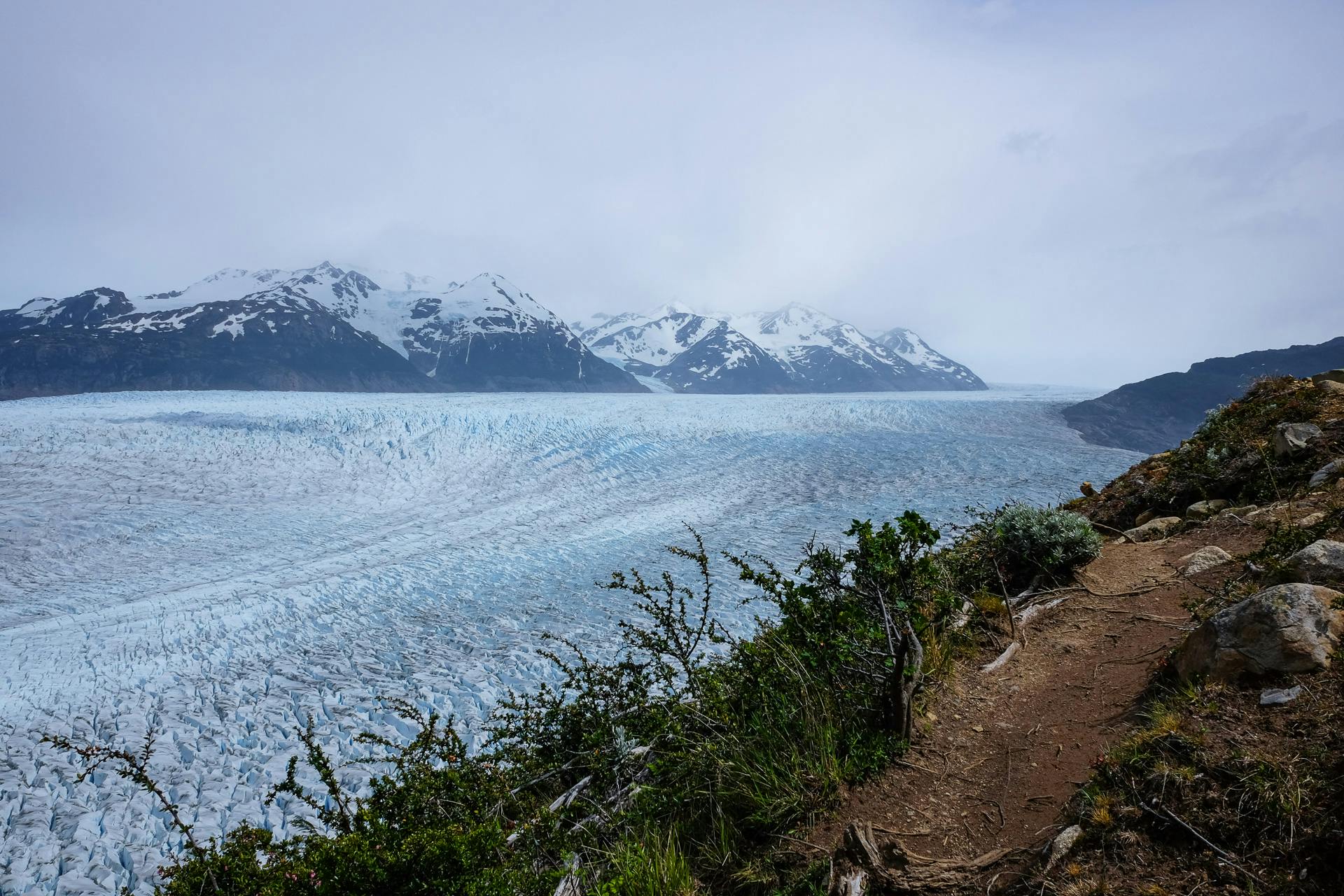
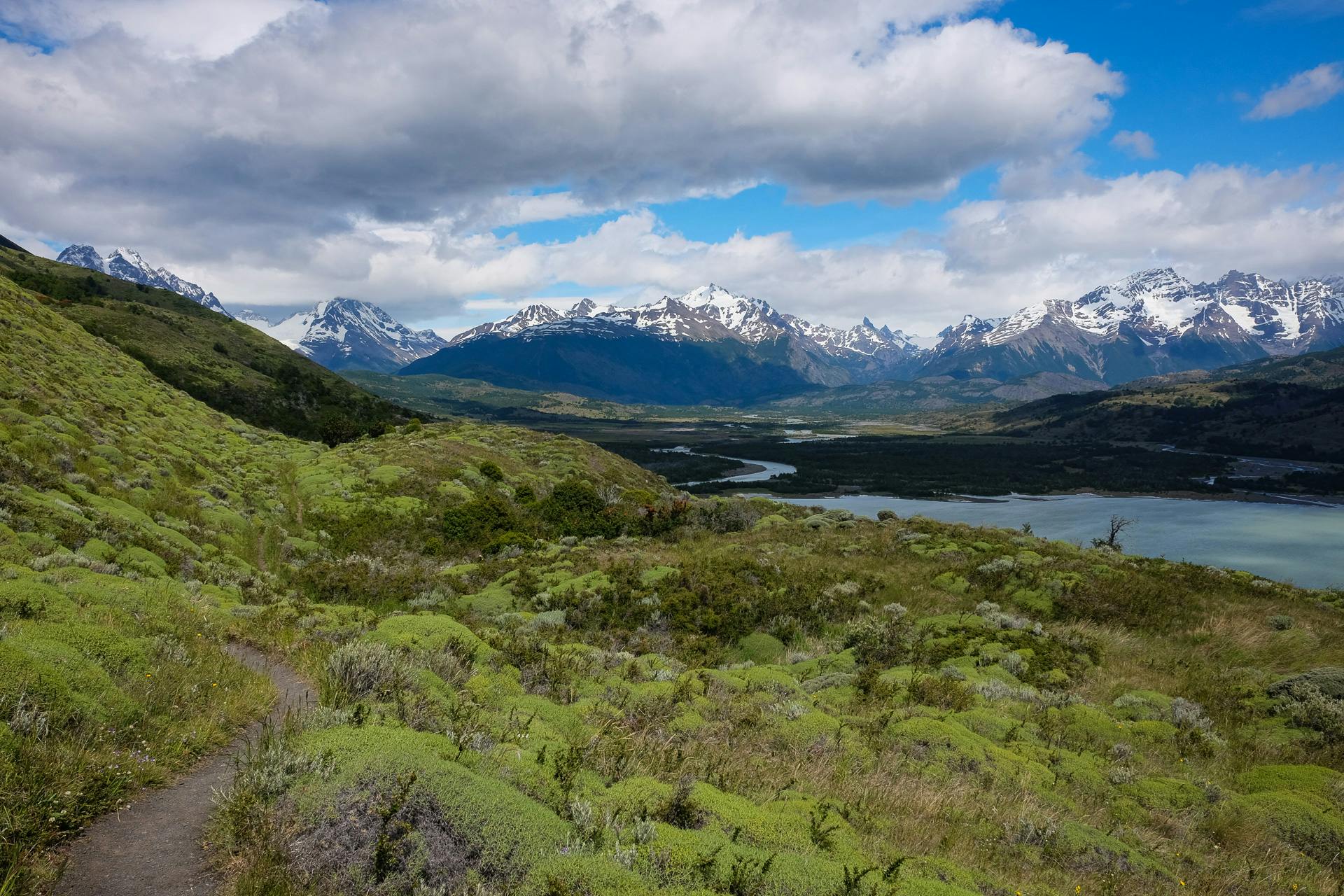
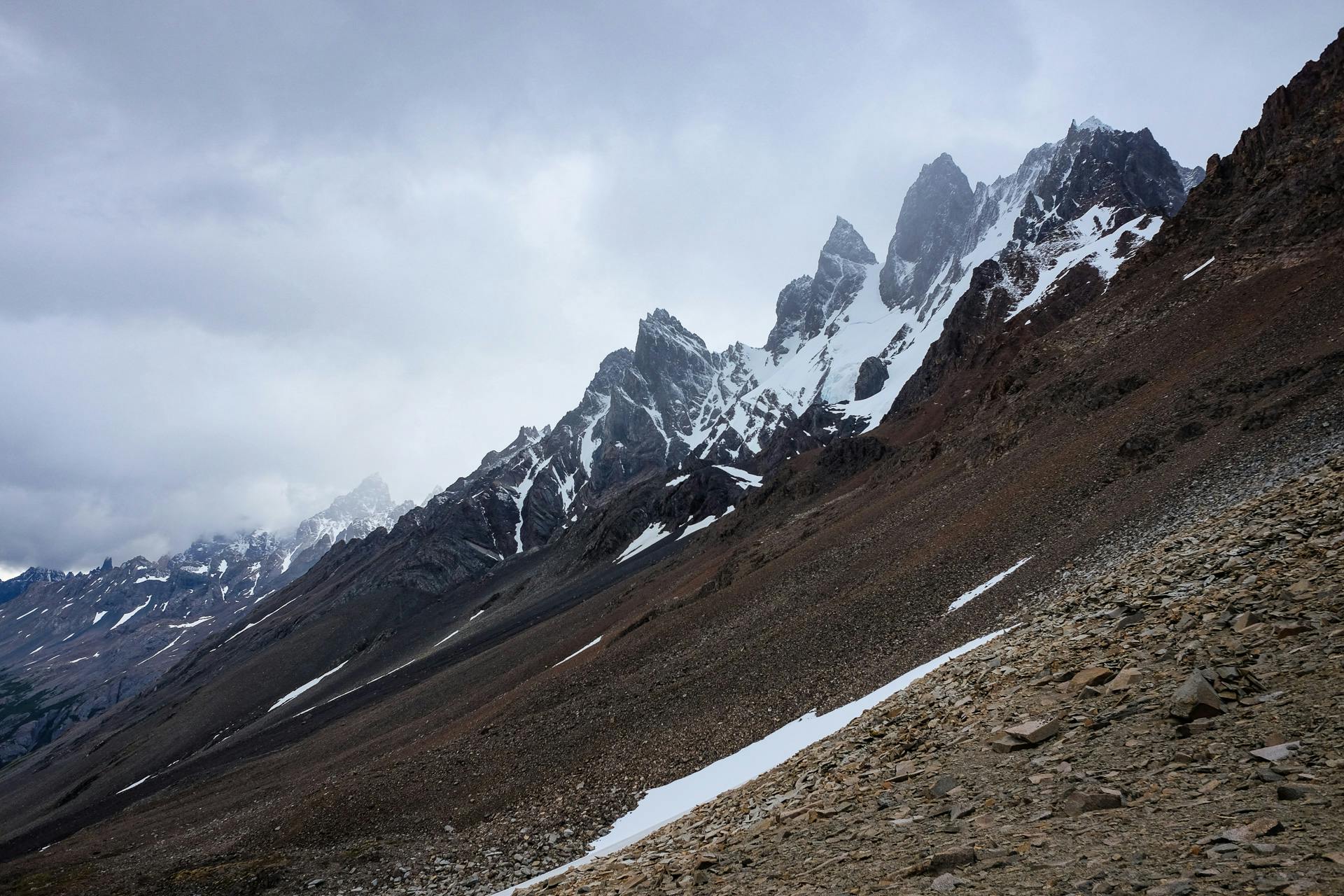
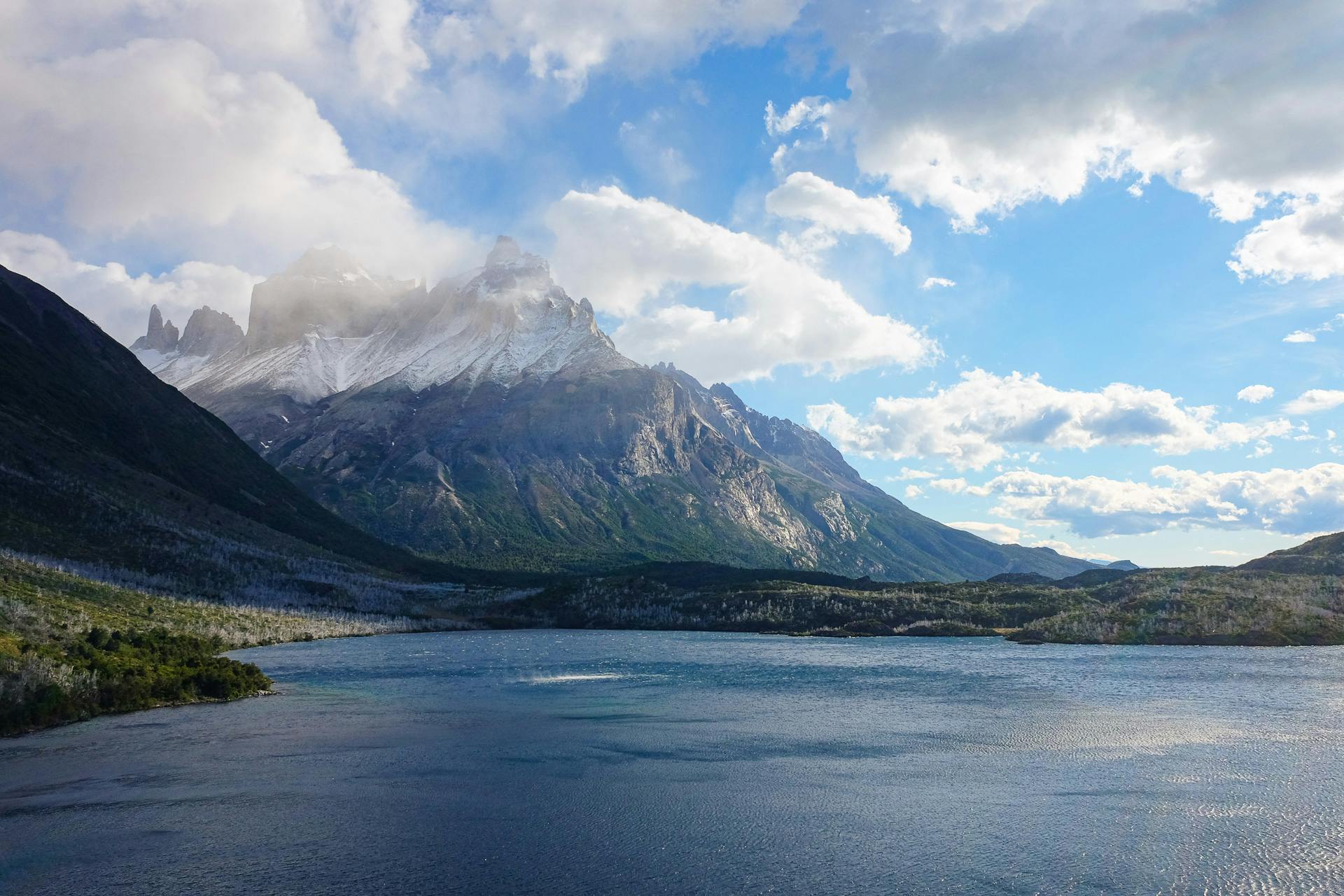
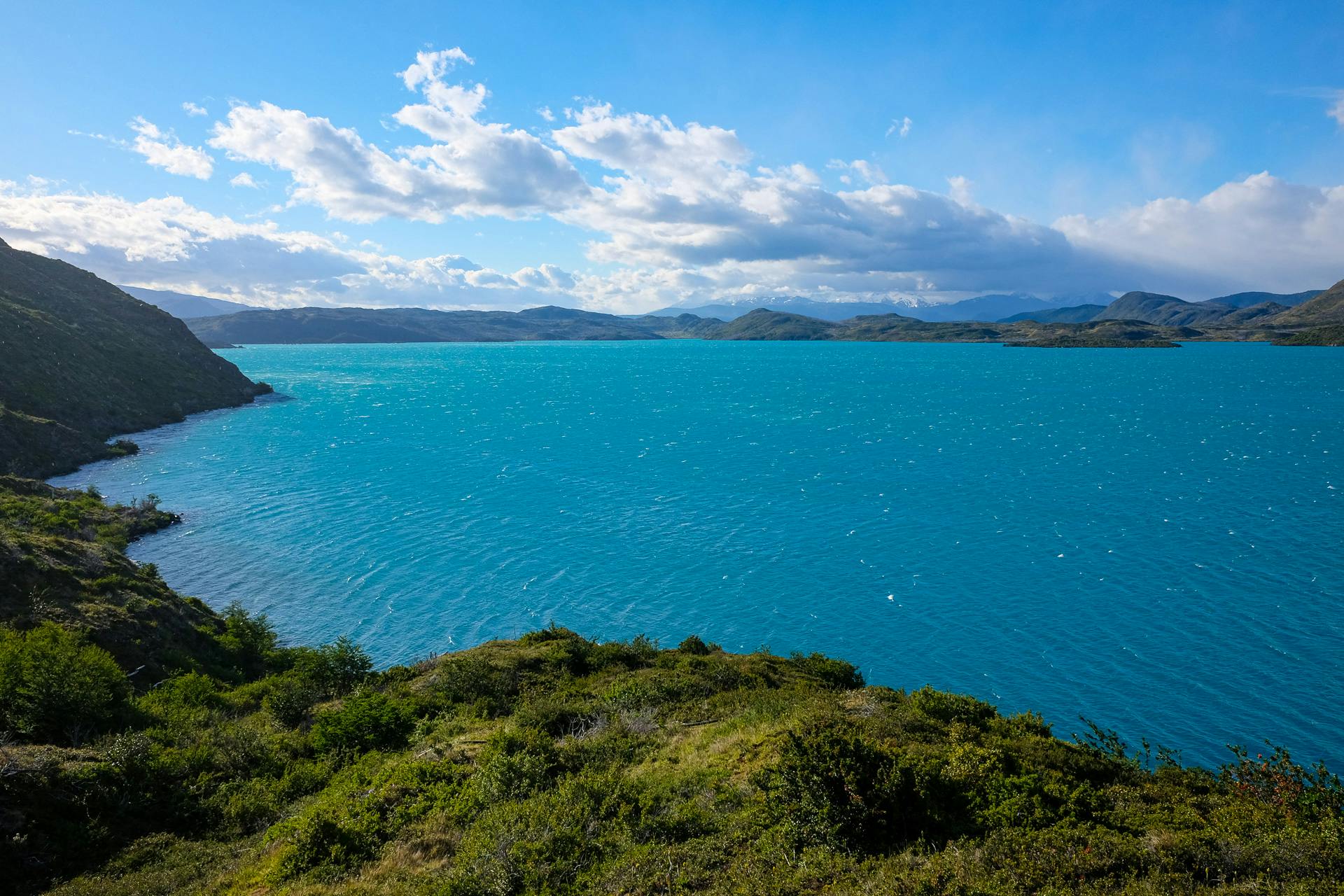
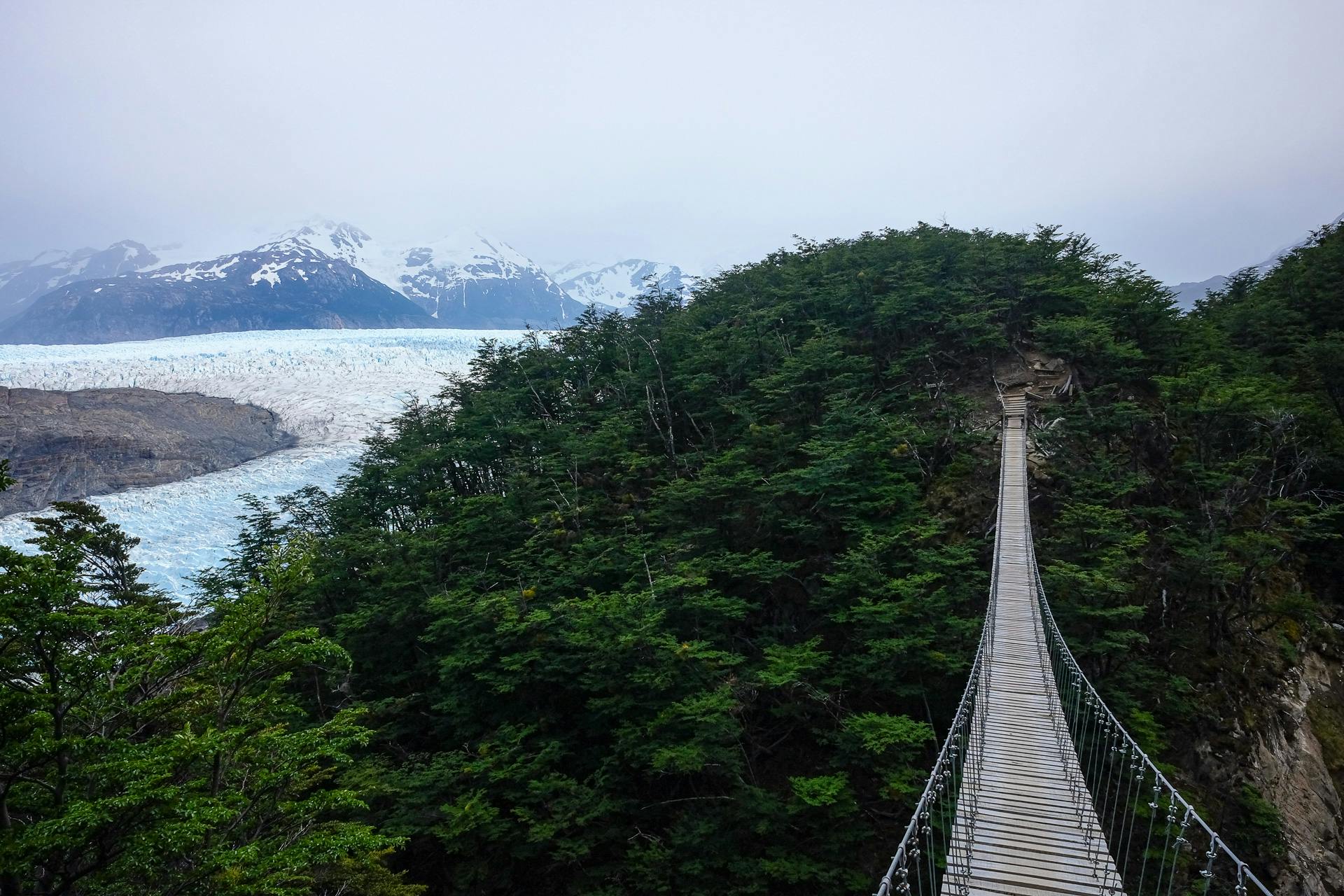
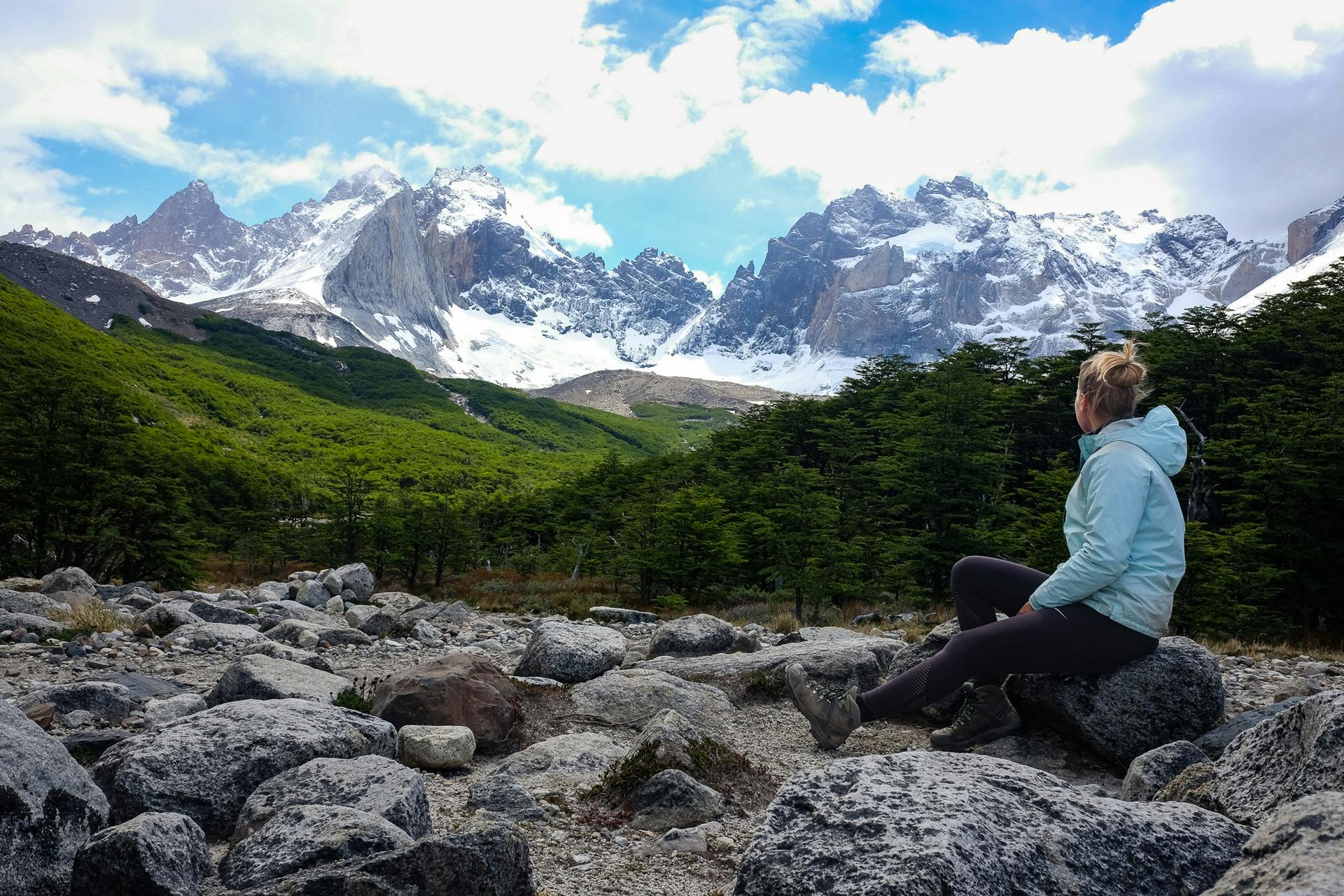
Frequently asked questions
How to get there
The easiest way to enter the park would be from Puerto Natales. You can fly directly to Puerto Natales or to Punta Arenas. There are bus connections to Puerto Natales from Punta Arenas and from El Calafate, Argentina.
From Puerto Natales it's a 2 hour bus journey to Torres del Paine National Park. More info here.
To enter the park it's obligatory to buy a park entry ticket, you can buy it easily online.
Water & food
Finding water is easy along the trail. Except between Camping Los Perros and Refugio Grey which is also a long stage, so you should carry extra water with you.
Most of the huts sell some snacks and some of them have a restaurant where you could get proper meals. I was camping for the whole time and chose to be self-sufficient and carry all my food.
Accommodation
Along the trail, you'll find both mountain huts and designated campsites. The huts offer shared dormitories, and some also have private rooms available. At the campsites, you can pitch your own tent or rent full camping gear—including a tent, sleeping bag, and sleeping mat. The campsites have a closed or semi-closed cooking shelters for campers, which was perfect.
Important: Reservations are mandatory for both huts and campsites. Without a confirmed booking, you may be denied entry to the park. The huts and campsites are owned by two companies and reservations can be made through their website: Las Torres and Vertice
Wild camping
Wild camping is not allowed in Torres del Paine National Park, you always need to camp in an official campsite. And luckily there are many options available.
When to go
The hiking season runs from November to early March, with peak crowds during the summer months of December to February. I completed the circuit in mid-December, right at the start of the busiest period.
Even in summer, the Patagonian weather can change in an instant. Be prepared for powerful winds, heavy rainfall, and intense sun exposure—all of which can happen in a single day. Proper layered clothing and reliable gear are essential for a safe and comfortable trek.
Money
Some of the huts take card payments but you should carry cash with you. The local currency is Chilean peso CLP.
Expert hiking itineraries & personalized trip planning services
We offer crafted hiking itineraries in PDF format with all the information for your trip, GPS files for each individual stage, and the complete route, plus marked points of interest to help you navigate.
